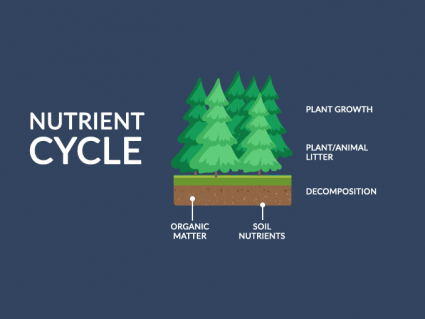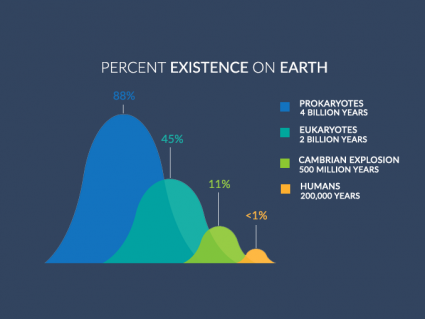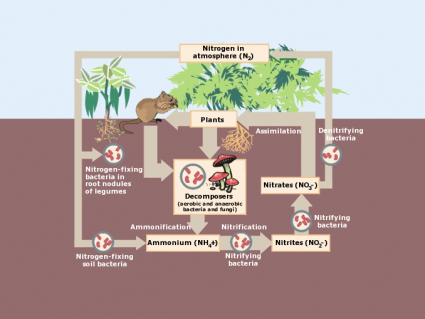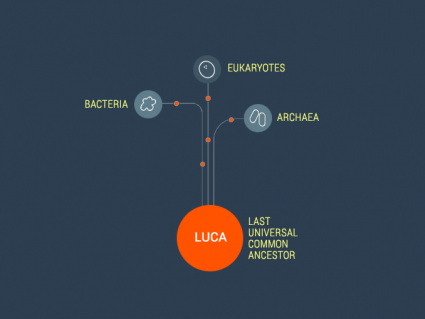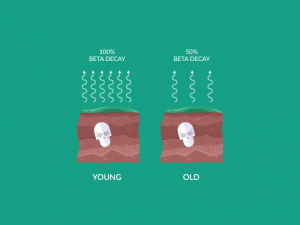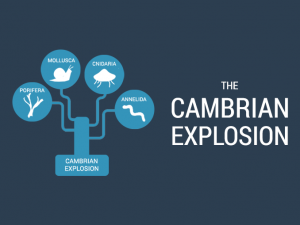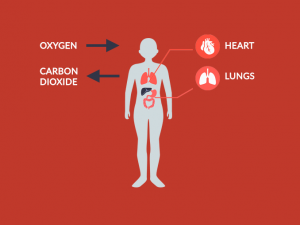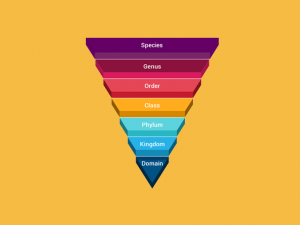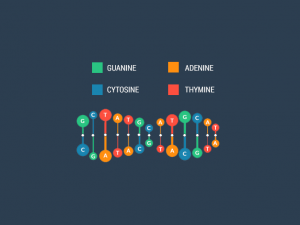What Are Mudflats?
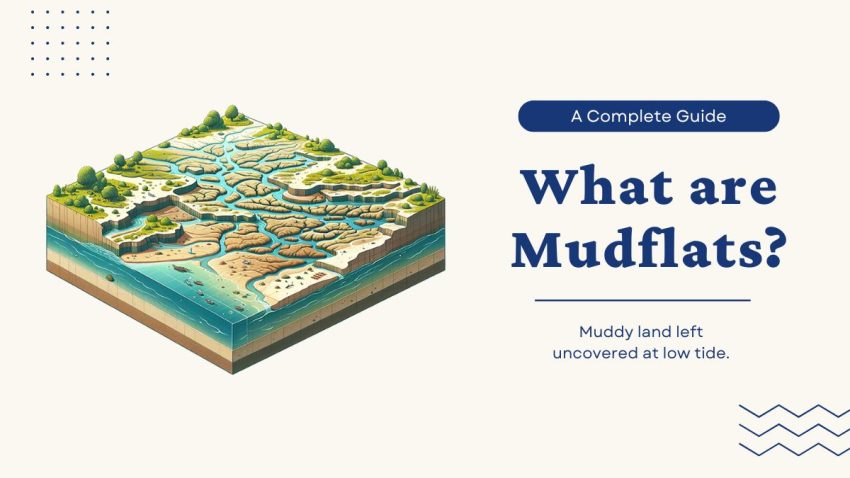
Mudflats are flat, muddy areas next to the sea or rivers. When the tide goes out, this exposes the wet, soft surfaces of a mudflat.
While mudflats seem simple, they play a big role in coastal ecosystems. Today, we’ll explore these wet, squishy, sponge-like features.
Where Are Mudflats Located?
You can find mudflats worldwide, wherever the sea meets the land. They are common in places with shallow coastlines and estuaries.
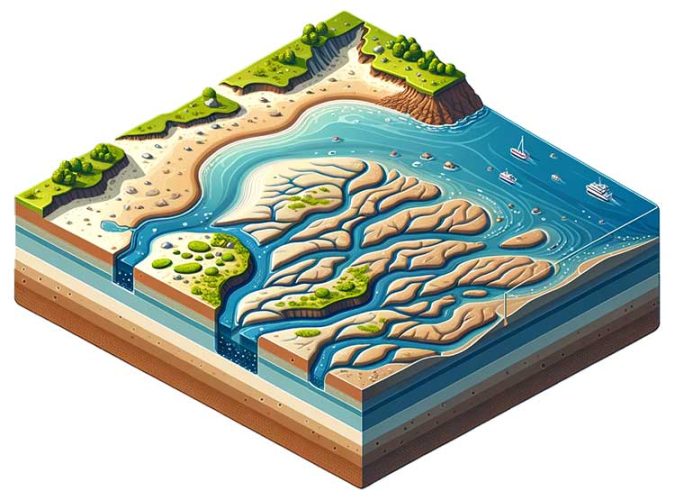
For example, you can find large mudflats in Asia, like the Yellow Sea between China and Korea. In Europe, the Wadden Sea is a famous mudflat area, stretching from the Netherlands to Denmark.
North America has mudflats along the Pacific and Atlantic coasts. Finally, Australia’s coast, especially in the south and east, also has extensive mudflats. These areas are influenced by the ocean tides, creating the perfect conditions for mudflats.
What Causes Mudflats?
Mudflats form where the sea meets the land, in calm, sheltered areas. But the key is the gentle movement of water, which allows the mud to settle.
The deposit of silt and mud by tides or rivers is the major reason we have mudflats today. It’s because these deposits gradually build up over time. That’s how they create these flat, muddy areas.
Tides play a big role, constantly reshaping and maintaining mudflats. Estuaries, where rivers meet the sea, are ideal for mudflat formation. Here, the mix of freshwater and saltwater creates a unique environment.
Are Mudflats Good for the Environment?
Mudflats are not just mud. But they’re vital for biodiversity.
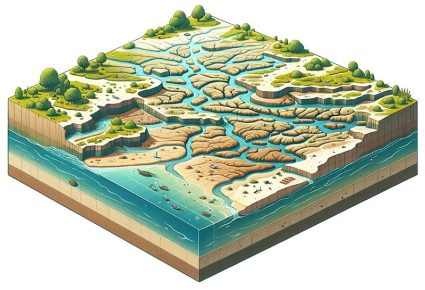
These muddy areas are like nature’s playground for birds and sea creatures. In the natural environment, birds and marine animals flock to mudflats for food.
For example, the Wadden Sea is one of the world’s largest wetlands. Its mudflats host millions of migrating birds annually. This includes habitat for many unique species of birds, making them a unique ecosystem.
Mudflats are also important because they clean the water like natural filters. This is because the layers of mud and silt in mudflats trap pollutants and excess nutrients, improving water quality.
Examples of Mudflats
Where can you find mudflats in the world? Let’s explore some examples of these muddy environments.
Alaska Mudflats
Alaska’s mudflats are vast and treacherous. We can find them around the Cook Inlet. Even though they support local wildlife, they can be dangerous with quicksand-like conditions.
Wadden Sea
The Wadden Sea stretches along the North Sea coast of Northern Europe. This region has one of the world’s largest intertidal systems. As mentioned, its tidal flats serve as a key stopover for millions of migratory birds each year.
Yellow Sea
The Yellow Sea’s mudflats are extensive. You can find them along the coasts of China and Korea. This is where rivers carry fine silt and sediment, forming these mudflats.
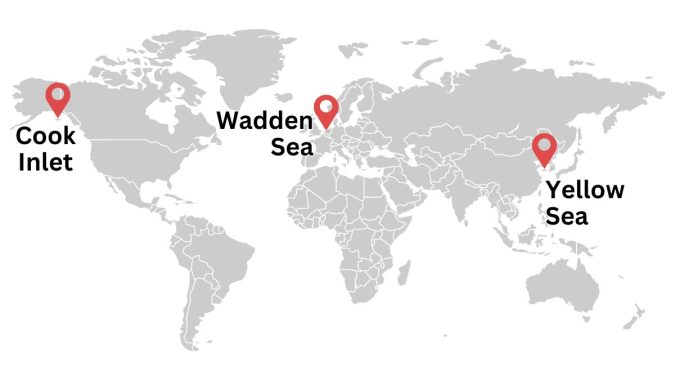
What Is a Mudflat?
To sum up, mudflats are not just stretches of muddy land. But they’re ecological powerhouses. Their role in filtering water and hosting diverse life forms is invaluable.
Some mudflats have formed over thousands of years. Remember that a mudflat can be treacherous. They can be similar to quicksand, so it’s best to tread carefully.

